When it comes to acne and skin care, there’s a lot to know. What cleanser do I pick, which moisturizer is right for my skin, do I need to exfoliate? Plus, it’s even more confusing when words we don’t know are thrown around in the mix.
The skin care world is filled with niche terminology that can be confusing, especially when misused.
Below I’ve compiled a list of the most important acne terms that you should know about – so that you can create the best skin care routine for your skin, without the confusion.
Let’s start with an easy one.
acne vulgaris
Acne vulgaris is a skin disease that occurs when a hair follicle (pore, an opening in the skin) becomes clogged with dead skin and sebum (oil from the skin). This may or may not include infection and inflammation. The term acne typically comprises of blackheads, whiteheads, papules, pustules, cysts, and nodules, and can be found on the face, chest, shoulders, and back. Although acne most commonly refers to acne vulgaris, it is only one subtype of acne.
blackhead (open comedone) / whitehead (closed comedone)
A comedo is a basic acne lesion, a hair follicle that becomes clogged with oil and dead skin. A blackhead forms when the pore remains open and is exposed to air, which oxidizes it to turn black. A whitehead occurs when skin covers the pore. If you squeeze either (you shouldn’t), hard plugs come out. Blackheads and whiteheads are considered non-inflammatory acne. However, sometimes these comedones can also be infected or inflamed, leading to one of the following stages of acne.
papules
Papules are comedones that become inflamed, forming small bumps on the skin that can be red or pink. They are often firm and may be tender to touch. Squeezing may lead to worsened inflammation and potential scarring. These bumps lack the white head that indicates a pustule.
pustules
Like papules, pustules are inflamed comedones. However, pustules are filled with white or yellow pus, which is a buildup of the dead white blood cells your body sends in response to the infection. Pustules are usually accompanied by redness. Like all other stages of acne, picking and popping leads to worsened inflammation and scarring.
nodules
Nodules are large, inflamed papules. Due to the buildup of pressure, the follicle wall ruptures and allows leakage (bacteria, oil, dead skin) into the dermis. These are often firm to the touch and are quite “deep” and painful. These should be treated exclusively by a dermatologist.
cysts
Cysts are large, pus-filled bumps that resemble boils. Like many of the stages before it, cysts can be painful. Some cysts can last a very long time and should be treated by a dermatologist. People who develop nodules and cysts generally have a more severe acne.
mild acne
Mild acne generally consists of fewer than 30 total bumps (whiteheads, blackheads, papules, pustules, the occasional cyst or nodule). Mild acne, while persistent, is usually treatable with over-the-counter products.
moderate acne
Moderate acne separates itself from mild acne when there is 100 or so total bumps present (only occasional cysts or nodules). Like mild acne, moderate acne may be treated with over-the-counter products but may require a prescription medication for faster and more dramatic results.
severe acne (nodulocystice acne)
Severe or nodulocystic acne is a term reserved for those who may have hundreds of total lesions, including multiple inflamed cysts and nodules. This type of acne can be especially painful and difficult to treat. Bumps can become large and often leave scars, which makes timely treatment even more crucial. Severe acne is commonly treated with our current most effective treatment for severe acne, which is Accutane.
acne cosmetica
Acne cosmetica is caused by using skin care products that clog your pores. This includes moisturizers, makeup and sunscreen. It is a mild but persistent form of acne and can occur almost anywhere on the body, although the face, neck, hairline, and scalp are the most common sites. It appears as small bumps across the surface of the skin that are usually uniform in nature, and often produce no other symptoms.
acne mechanica
Acne mechanica is a common form of acne caused by heat, friction, and pressure against the skin. This most commonly results from using straps or headgear in sports, but can also occur from wearing baseball hats, headbands, headsets and anything else in extended contact with your skin.
acne conglobata
Acne conglobata is a rare but severe form of nodulocystic acne, most typical in men taking steroids but which also occurs in women. It results in nodules connected to other nodules under the skin and can affect our jaw, neck, chest, arms, back, and buttocks. Like nodulocystic acne of the face, it requires timely dermatological treatment and often a course of Accutane.
acne fulminans (acne maligna)
This type of acne is also a rare and severe form of the disease, resulting in the sudden death of skin cells. It contains granulomas (ulcers) and crusted, bleeding acne lesions. Acne fulminans is usually also accompanied by fever, joint pain, and swelling of the spleen and liver. It may occur after an unsuccessful high dose Accutane treatment for acne conglobata and is still not well understood.
pyoderma faciale (rosacea fulminan)
Pyoderma faciale resembles severe nodulocystic acne, with large, red, painful bumps typically on the forehead, nose, and chin. It always occurs suddenly, and mostly in young adult women because of emotional distress.
acne inversa (hidradenitis suppurativa)
Acne inversa is associated with inflamed and swollen lumps in the sweat-producing glands (armpits, nipples, buttocks, and genitals). These lumps are typically painful, similar in appearance to nodulocystic acne, and may break open and drain. Although genetic factors probably play a role, it also seems to be triggered by stress, hormonal changes, obesity and smoking, and typically requires aggressive treatment.
acne aestivalis (mallorca acne)
Acne aestivalis is a seasonal disorder, usually peaking in summer and disappearing before winter. It is characterized by tiny, red, dome-shaped papules that are all uniform in nature. They spring up suddenly and may last for weeks, typically resulting from enthusiastic sunbathing and exposure to UV-A light. It occurs in people even with no prior history of acne vulgaris. While they can be found on the face, they mostly occur on the arms, shoulders, back, and chest. While they generally go away on their own, it may take several weeks.
drug-induced acne
As the name suggests, drug-induced acne results from taking systemic drugs (usually steroids, but also lithium, B12, thyroid hormones, iodine, antibiotics and many others). Like acne aestivalis, this type of acne is generally uniform, but consists of red papules and pustules, usually on the body or at the site of application.
pseudo-acne
Pseudo-acne is acne that’s not really acne. Many skin conditions can easily be mistaken for acne bumps. For other skin conditions that look like acne, read our blog post here.
androgens
Androgens are hormones that can prompt the sebaceous glands to produce more oil which may clog pores and result in acne. This generally accounts for the acne that results during hormonal changes (puberty) but can also include androgen-sensitive receptors in the skin.
bacteria
Bacteria are one-celled organisms that exist in our bodies and on our skin naturally (our resident or “good” bacteria), but which can sometimes also be pathogenic or “bad” bacteria that cause acne and other diseases.
purging/breaking out
It’s easy to confuse breaking out with purging and vice versa, making it harder to pinpoint the cause of our flare-up. Purging results from the use of products that affect how our skin cells shed, while breakouts can happen because of any number of factors. To learn the difference between purging and breaking out, check out our article here.
(post-inflammatory) hyperpigmentation/hypopigmentation
Hyperpigmentation occurs when areas of the skin become darker than the surrounding skin (age spots, liver spots, freckles, sun spots and melasma); post-inflammatory hyperpigmentation (PIH) occurs when a skin injury heals and leaves discoloration behind. People with darker skin are more prone, and sun exposure generally worsens pigmentation issues. Although similar in nature, PIH is sometimes confused for post-inflammatory erythema which is a pink or purple mark seen in lighter skin.
Hypopigmentation is the loss of skin color, caused by disease, injury, burns or other trauma to the skin, and is harder to treat than hyperpigmentation.
ice-pick scar (pitted)
Ice-pick scars are deep, narrow scars that look like they are made with a pin (or an ice-pick). They usually require treatments such as dermabrasion, microneedling, laser resurfacing, punch grafting, subcision, and excision.
boxcar scar
Boxcar scars are shallow indents in the skin with defined edges. They usually require treatments such as dermabrasion, microneedling, laser resurfacing, punch grafting, subcision, and excision.
rolling scars (atrophic)
Rolling scars are also shallow indents in the skin, but with sloping edges. The use of soft tissue augmentation, dermabrasion, microneedling, and laser resurfacing may help reduce their appearance.
keloid scars (hypertrophic)
Hypertrophic and keloid scars appear as thick, raised scars. Keloid scars sometimes develop outside of the damaged area.
If you’re prone to hypertrophic scarring, consult with your doctor and avoid treatments like microneedling.
microneedling (collagen induction therapy)
Microneedling is a procedure that involves using a tool to make thousands of tiny (painless) punctures in the skin. This controlled trauma induces collagen and elastin formation and is a simple and effective way to get the most out of your skin care products (to allow them to penetrate better), as well as to improve the appearance of dyspigmentation and scarring. Microneedling can be done with a dermatologist, but there are safe at-home tools to use, too.
(micro)dermabrasion
Like microneedling, dermabrasion produces changes to the skin by injuring it in a controlled way. Microdermabrasion involves the superficial layer of dead skin, resulting in a temporarily improved appearance, which should not be used when you have active acne.
Dermabrasion, however, is especially helpful for treating acne scars.
laser resurfacing
Laser resurfacing is also used for acne scarring and dyspigmentation issues but involves a more invasive procedure. Laser resurfacing directs concentrated pulses of light at areas of concern, removing the skin layer by layer. As the skin heals it produces newer, healthier-looking cells that can improve the skin’s appearance.
ahas/bhas
AHAs are alpha hydroxy acids (like glycolic and lactic acid) that work to exfoliate the skin at the surface level, to reduce the appearance of wrinkles, dyspigmentation and sun damage.
BHAs are beta hydroxy acids, exclusively salicylic acid in skin care, which works to exfoliate the skin on the surface and inside the pore as well as provide anti-inflammatory effects. It’s ideal for oily and acne-prone skin. These hydroxy acids are also used in chemical peels, acids applied to the skin in high concentrations so that smoother skin can surface.
retinoids
Retinoids are derivatives or related compounds of vitamin A. Retinoids regulate cell growth which unclogs pores, boosts collagen and speeds cell turnover for better exfoliation. This can improve skin discoloration and texture.
benzoyl peroxide
Benzoyl peroxide works by killing acne-causing bacteria and shedding dead skin cells, which prevents pores from becoming clogged. Interestingly, it is on the World Health Organization’s List of Essential Medicines, the most effective and safe medicines needed in a health system. It can be found in over-the-counter medications, as well as in prescription-strength formulas, and is highly effective in treating acne.
antibiotics
Antibiotics are a popular acne treatment with dermatologists because they work to kill acne-causing bacteria (along with good bacteria). These are given in oral or topical formulas. Common scripts include doxycycline, minocycline, and erythromycin. However, antibiotics are not the best option for acne treatment.
accutane (isotretinoin)
Accutane is a systemic treatment form of vitamin A used primarily to treat severe acne. It is taken by mouth at a dosage determined by your doctor for a course of several months. It appears to reduce the size of oil glands and enables the skin to renew itself better. Although Accutane does have some side effects, it has a long-standing history of safety and efficacy in treating acne and is considered one of the best acne treatments around (although relapse is still possible).
non-comedogenic
While comedogenic is a term intended to express the likelihood that a product will result in clogged pores and acne, the basis on which most products are judged is entirely subjective. While non-comedogenic products may have less likelihood of causing breakouts, not everyone will experience one.
We hope you find this glossary of the most important acne terms useful! If you have any questions or comments, feel free to leave them below!




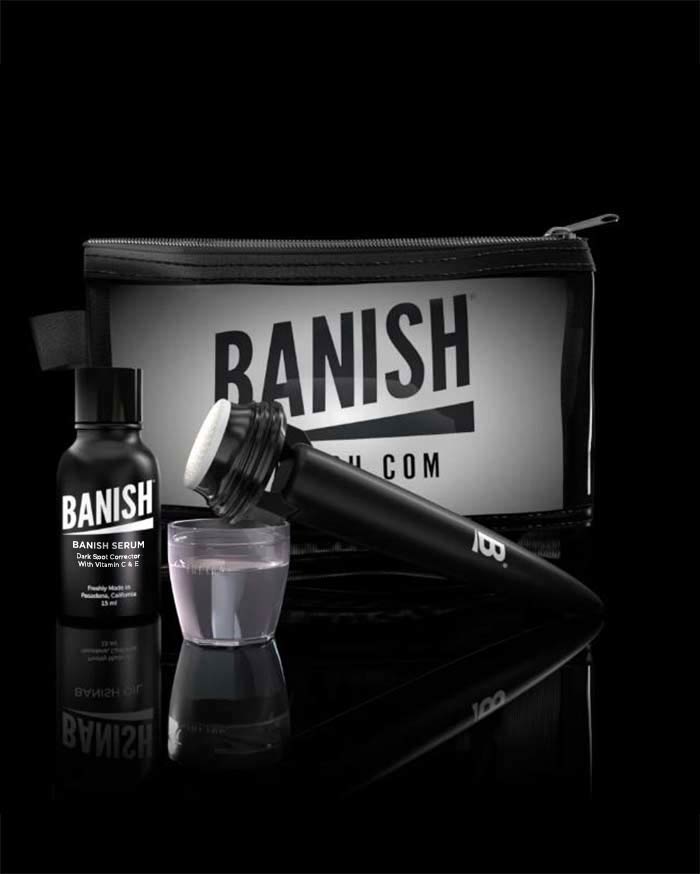
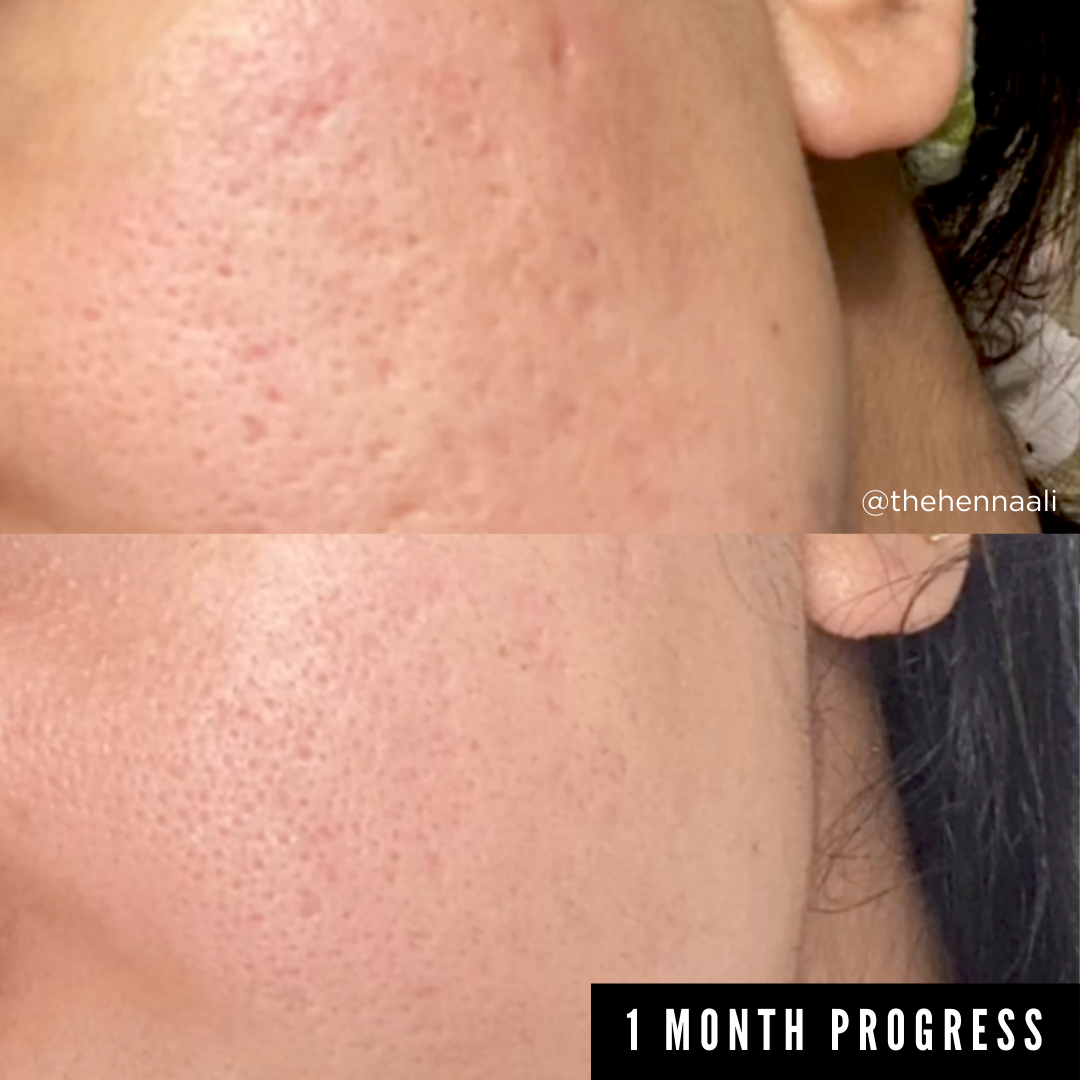
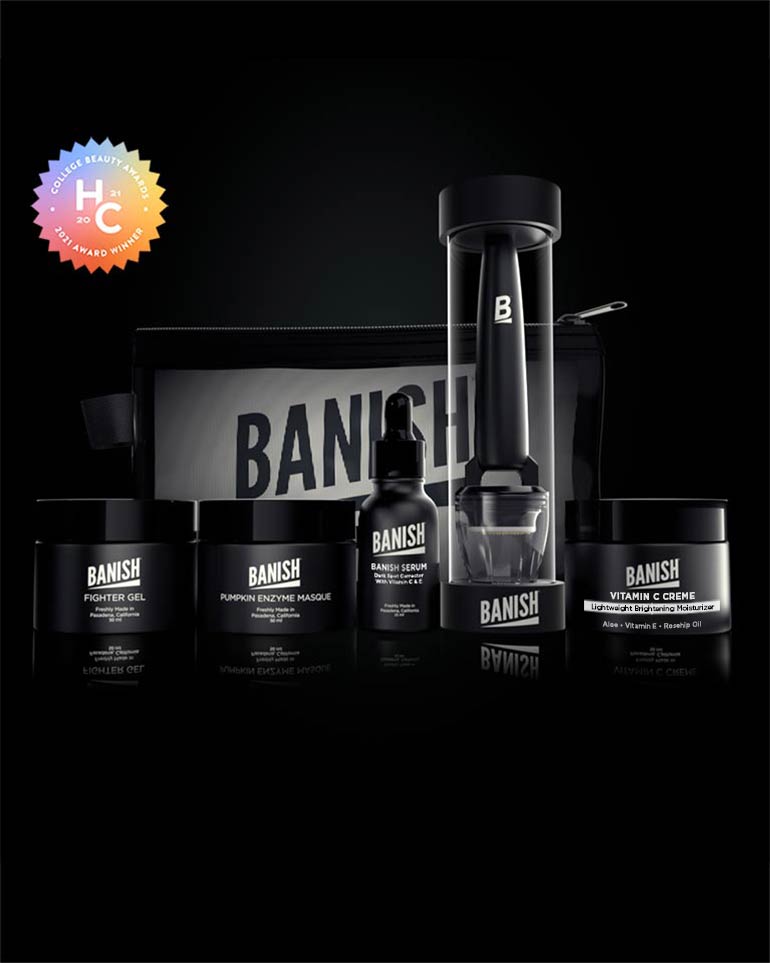
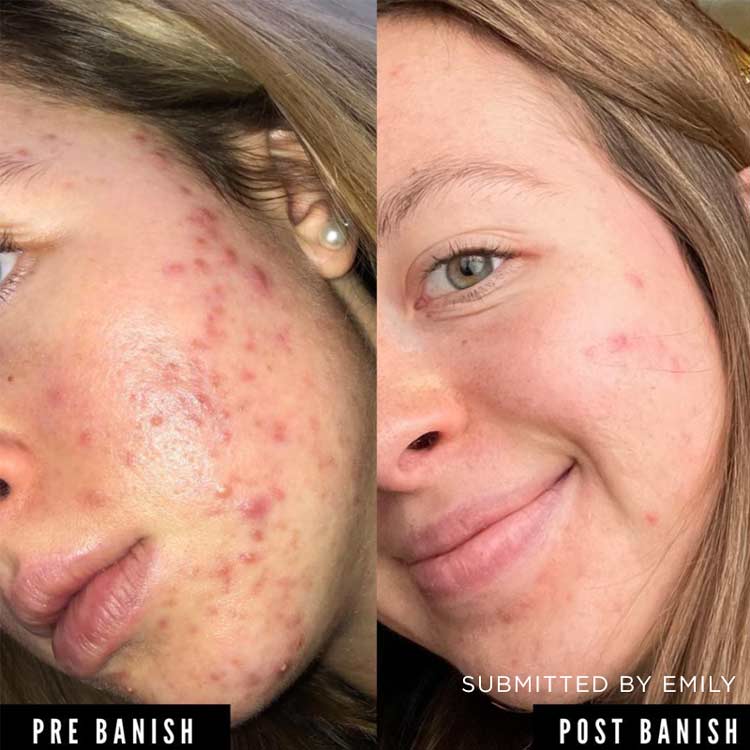
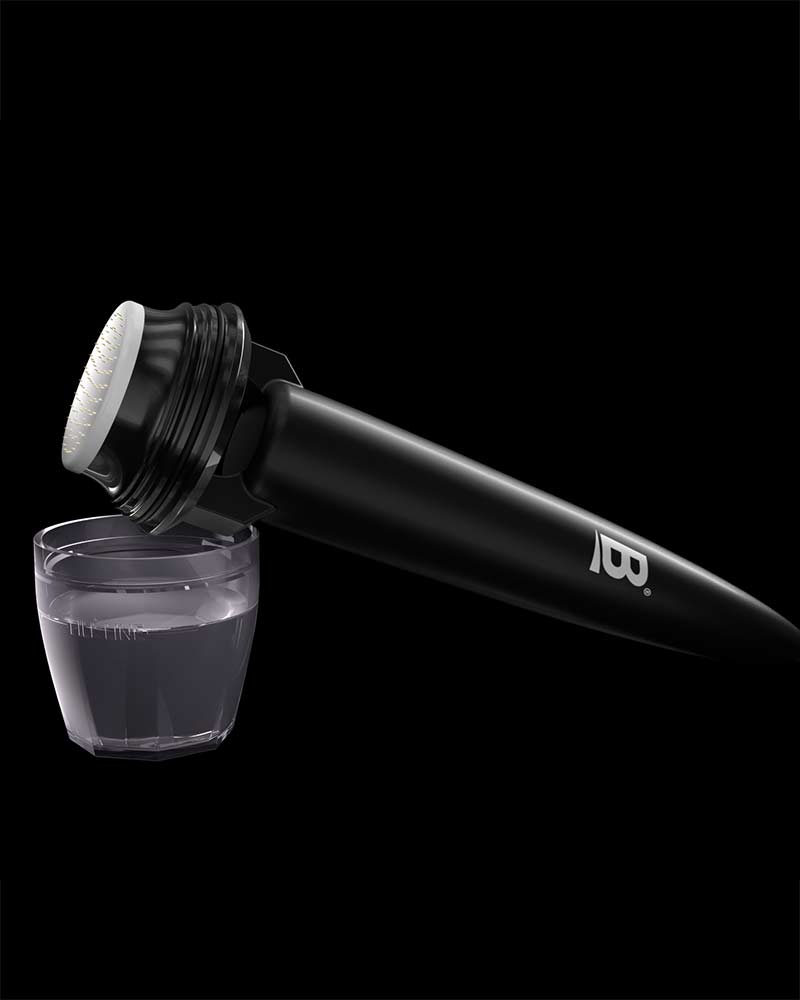

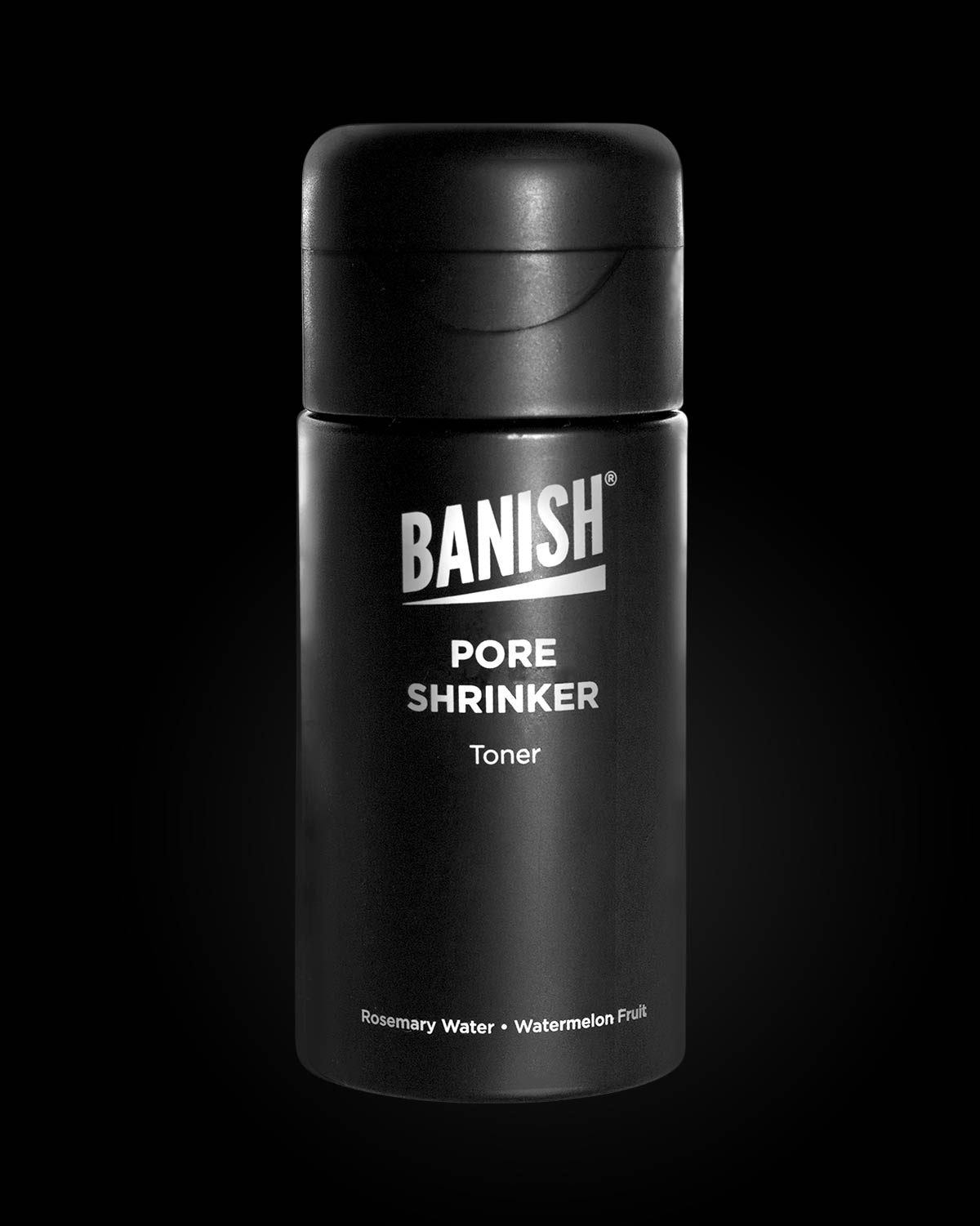
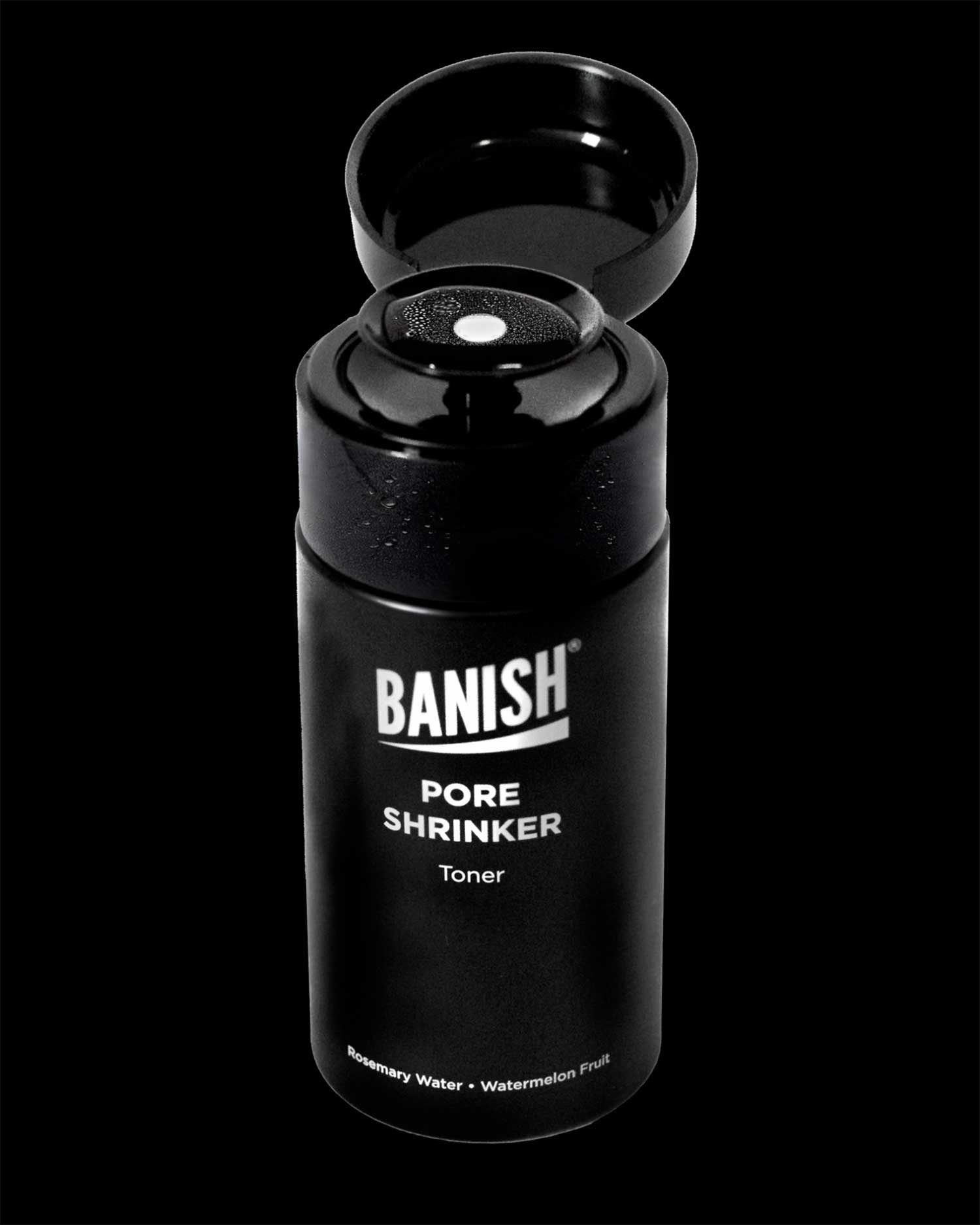
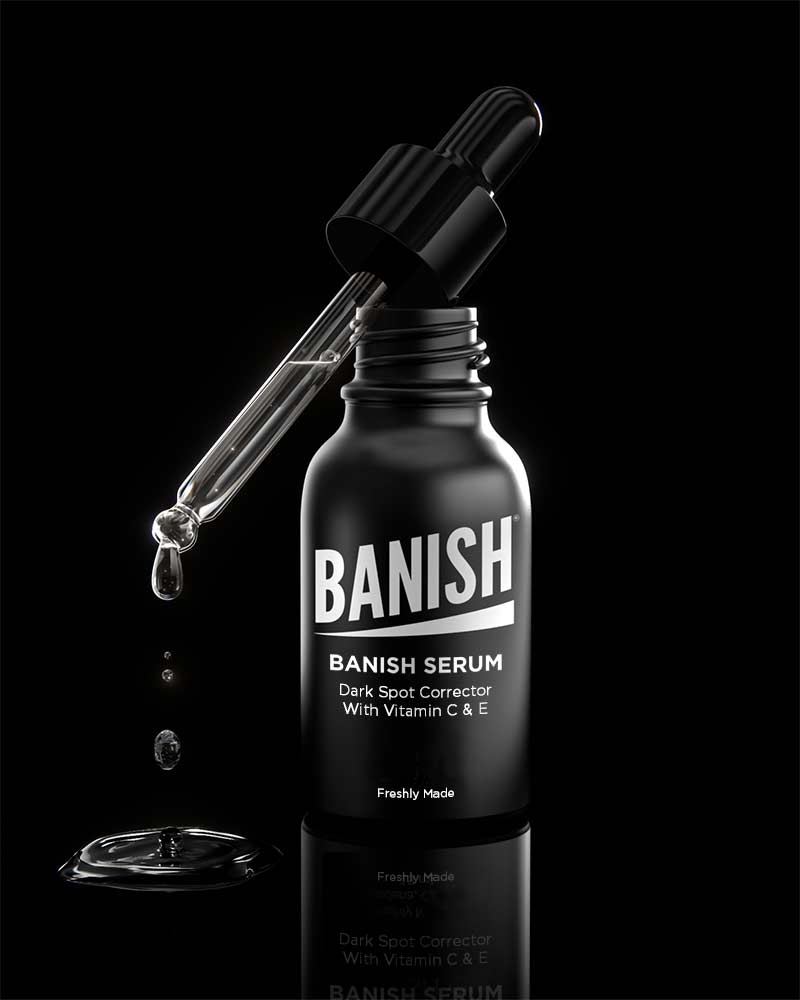

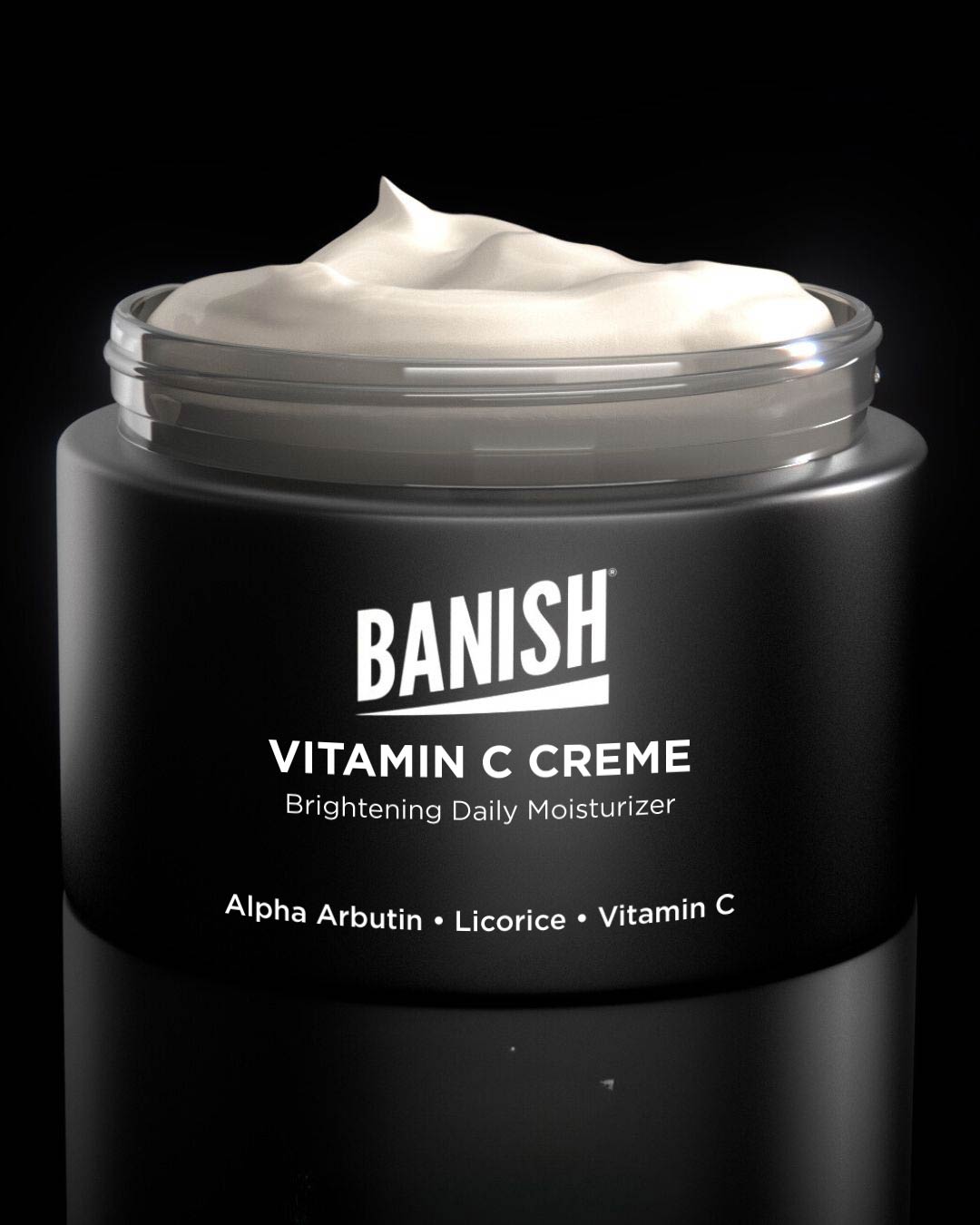

Leave a comment
All comments are moderated before being published.
This site is protected by reCAPTCHA and the Google Privacy Policy and Terms of Service apply.